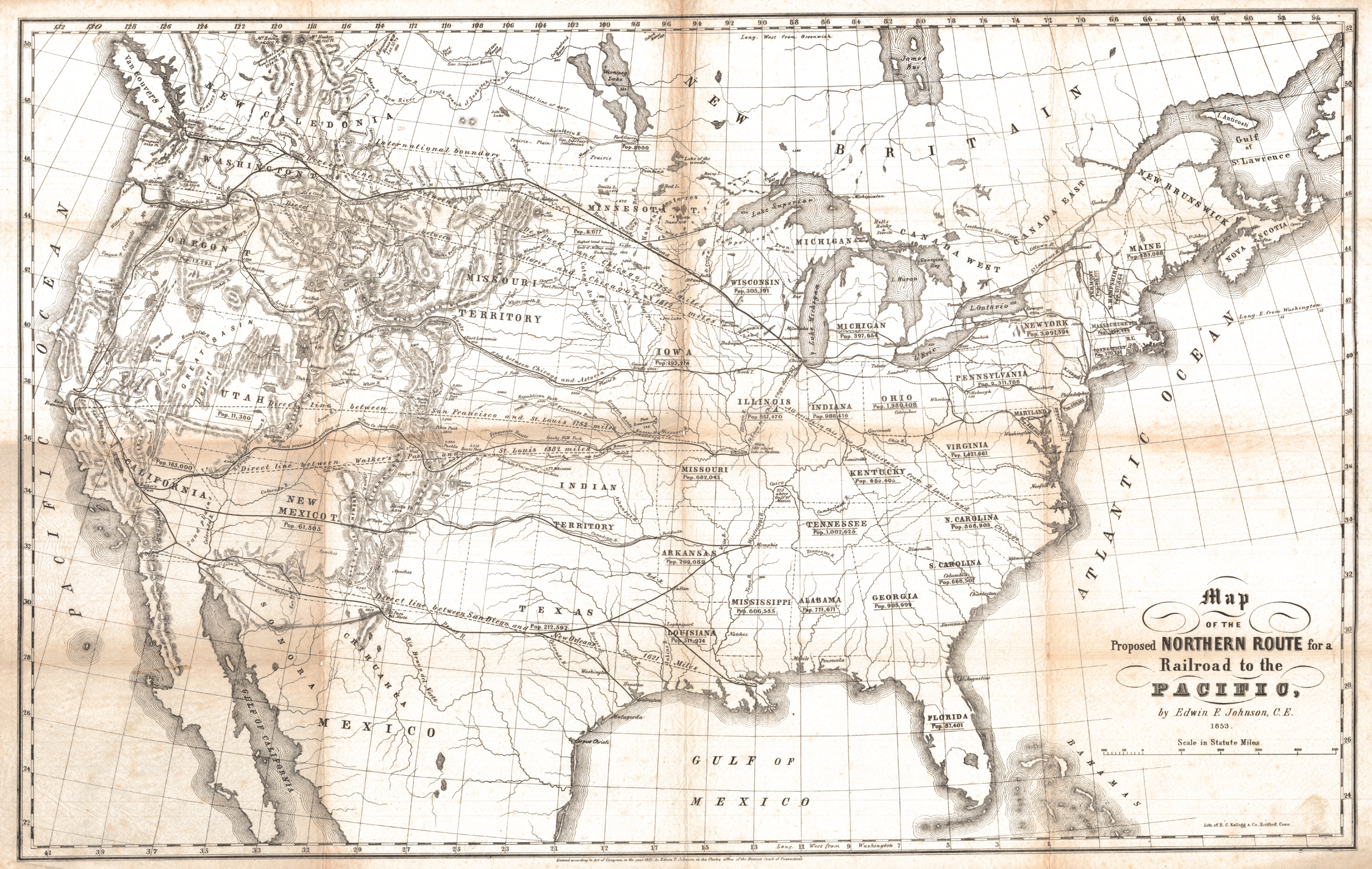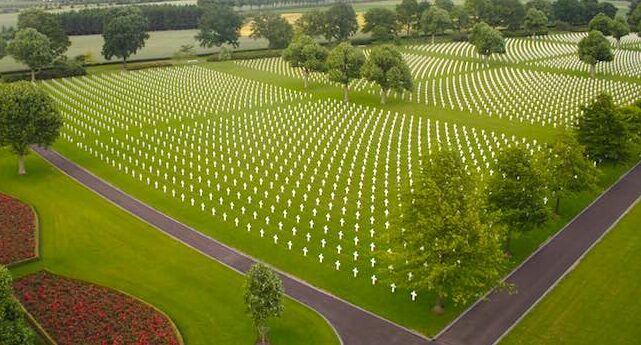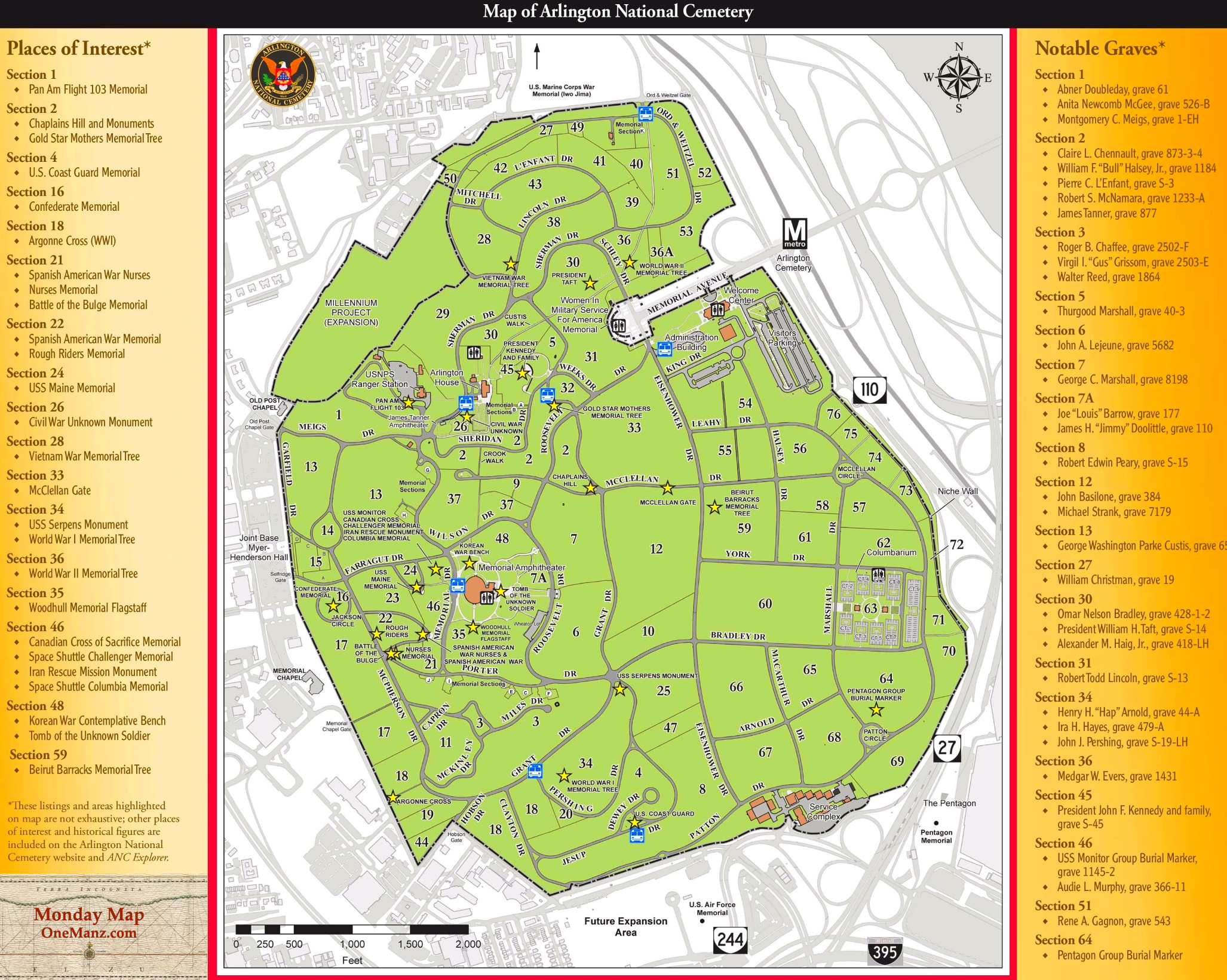Month: May 2021
Arlington National Cemetery – Monday Map
Memorial Day 2021
Arlington National Cemetery is reserved for members of the armed forces, their families, and other special dignitaries
Lest We Forget
Memorial Day is set aside to commemorate all members of the armed forces who died in the service of their country. Many of those whose remains are interred at Arlington gave their lives in such a manner. Other war dead are buried in private cemeteries, and in military cemeteries around the globe, in the foreign lands and U.S. territories where they fell.
Others who lived beyond their time in the service may find a final resting place at Arlington as well. But the space is limited, so such an honor has required a particular application process since the 1990s.
In the darkest days of the American Civil War, the military cemetery near the nation’s capital was nearly full. The former estate of Robert E. Lee and the ancestral home of his wife Mary Custis was chosen as the first burial ground exclusively used for federal soldiers killed in battle during recent fighting.
This was done partly because the location on a hilltop in Virginia was visible from the Mall in Washington D.C. and partly to insure that the leader of the most high-profile army fighting in rebellion against the U.S.A. could never again live there. The officer in charge made sure to put burials as close to the Custis mansion as possible, including the grave of his own son.
Some twenty years after the war, the cemetery started to gain a special aura as a national shrine, as revered generals and other famous heroes of the conflict began to pass away. The Tomb of the Unknown Soldier was installed in 1921, and eventually remains from service personnel who perished in every major conflict going back to the American Revolution have been interred in grounds of the cemetery.
Among the few buried there who did not serve in the Armed Forces or were not one of their dependents is William Howard Taft, the 27th president of the United States and the 10th Chief Justice of the United States Supreme Court, the only person to have held both offices.
A Day to Remember
Memorial Day has its roots in local commemorations for Civil War dead, often referred to as Decoration Day, when citizens would decorate local graves with spring flowers. After the First World War the idea was expanded to include graves from any conflict and ultimately included those who died while on duty, whether that was related to warfare or not. It was observed on a national level on May 30, beginning in 1868. It became a federal holiday in 1971, officially taking place on the last Monday in May.
Schoolchildren and other less-informed people often confuse Memorial Day with Veterans Day. The latter was once called Armistice Day, and still is in other nations, as it was originally its own Memorial Day, honoring those who lost their lives in the First World War. In America, that practice was transferred to Memorial Day, and Veterans Day became a time to salute and pay homage to all who have put on the uniforms of the Armed Forces defending the United States from foreign foes.
Now that so many veterans of World War Two, Korea, and Viet Nam are passing away years after they left the service, the lines between the two days are beginning to blur. But officially, Memorial Day is for those who died while in the service of their country. Veterans Day is for those living or dead who did not give their lives for their country but still served their country with honor.
Here is a link to a PDF to the Arlington National Cemetery Burial Eligibility Act of 1998 that states the specifics of who is allowed to be considered for internment, as well as some historical perspective.
May 10, 1871 – Transcontinental Railroad – Monday Map

The Railroad that Helped make the USA One Place
One-hundred and fifty-two years ago today
The “Last Spike” connecting the Union Pacific and Central Pacific Railroads took place on May 10, 1869. It took seven years from the time Congress approved the creation of a Transcontinental Railway in 1862. But it was being planned and discussed for decades beforehand.
Construction began in 1863, as the horrendous Civil War tearing the nation apart. But just as the war changed the USA from being a bunch of separate states into nation indivisible, the transcontinental railway unified the nation geographically. According to one university history site, before the railroad’s completion, it cost approximately $20,000 in 2021 money to travel from St. Louis to San Francisco by stagecoach. Afterwards the price was a fraction of that cost, and continued to drop as more rail lines were completed off of the original route.
Talk of such a project goes back at least to 1830, when the first steam engine locomotive arrived on this side of the Atlantic. In 1845, the adventurer and businessman Asa Whitney petitionedCongress to provide land grants necessary to create a railway across the northern swath of America, to Oregon Territory, where he had already made a fortune trading with the Far East. Evoking the spirit Lewis and Clark, Whitney commissioned this map to entice investment in his grand scheme.

Thirty years later, it was other entrepreneurs who realized this long outstanding dream. But there were many competing propositions as to where exactly the route should end up, as seen in this map from the early 1850s.

Underway at Last
Even after the two companies received the go-ahead, work was nearly completed and the eastern Union Pacific Railroad Company and the western Central Pacific Railroad Company still could not agree on where the their routes should meet. Maps from the time show all proposed routes running south of Utah’s Great Salt Lake. Eventually the government under President Grant threatened to withhold further funding until the two companies came to terms as to exactly where they would join together to create the single route from east coast to west. And it ended up being Promontory Summit, Utah, north of the lake.

Despite the Central Pacific having to cut their way through the mountains, and the harsh working conditions of their laborers, including many Chinese immigrants, it was the Union Pacific that suffered the greatest loss of life. Many hundreds died on both sides, from accidents, exposure, disease, and attacks from Native American tribes, who couldn’t quell the tied of westward expansion that ultimately led to formation of the lower 48 states as we know them today.
Here is another map, from 1882, of a proposed southern route that didn’t end up being created as envisioned.

And that is one man’s word on…
The Transcontinental Railroad
Happy 76th VE Day
Victory in Europe Began a New World
Nazi German Formally Surrender on May 8, 1945
Lest we forget, millions upon millions lost their lives the world over because Fascism was allowed to take over the governments of multiple nations and then was not stopped before it was too late. While many people remember how and why Nazi German and Fascist Italy were ultimately confronted and defeated, it is often forgotten hat authoritarian governments continue to this day.

The man credited with inventing the term Fascism was an early intellectual architect of what ultimately led to the rise of Mussolini in Italy. He defined Fascism as the marriage of the Corporation and the State. And the hallmarks of Fascism include the government protecting corporate power while eliminating protections for labor and individual citizen, a fervent nationalism and squelching of political decent, a zealous investment in the industrial-military complex bolstered by overblown rhetoric of “national security” against undefined foreign threats, along with a militarized police force and expanded powers of the security services to spy on the citizenry.
Human evils like racism and antisemitism are not necessarily facets of Fascism, but the extremist nationalism that is at the heart of Fascism always seems to include an elitist us vs. them strategy on its way to taking root and then taking over a society. And it attracts those who require someone else to look down on to feel worthwhile or powerful, and gives them moral permission to exercise their bigotry, while distracting them from the fact those they support politically are actually reducing their personal power and freedoms.
Therefore, Nazism is not the same thing as Fascism. Rather, Nazism can be viewed as a form of Fascism. This is an important point; as assuming one must be a “nazi” to be a fascist has allowed genuine fascist elements to legitimize themselves in the eyes of their countrymen, including right here in the so-called Bastian of Democracy, the USA. This was never more clear than over the previous six years and in the continued efforts of those trying to disenfranchise the will of the majority of the people by the lies spread to sow distrust in the electoral process that endangers their grip on political and economic power.
This blog rarely deals with political thought or opinion. But on this day, VE Day, when fewer and fewer people are around to bare witness to the atrocious misery inflicted on so many innocent people by Fascism and the great loss of life and treasure required to defeat it in the 1940s, it is important to speak up and out about the fact that Democracy is once again under assault. And this time it is under assault in America, by those who would cripple the democratic process because the last thing they want is for the will of all Americans to have an equal voice in deciding who is running their government, and that those who are sent to Washington D.C. and to statehouses across the USA are elected to be the SERVANTS of the people, not their “leaders” or their dictators.
And so, we have posted below the recent public statement made by a sitting member of Congress, who we do not in anyway endorse politically, but who is herself currently under a propaganda assault by those in her own party who continue to undermine the will of the American people.
Principals Over Politics, Nation Over Party
Liz Cheney’s Address to the Nation
Strange bedfellows indeed when we can agree with or support someone remotely related to Dick Cheney
“In public statements again this week, former president Donald Trump has repeated his claims that the 2020 election was a fraud and was stolen. His message: I am still the rightful president, and President Biden is illegitimate. Trump repeats these words now with full knowledge that exactly this type of language provoked violence on Jan. 6. And, as the Justice Department and multiple federal judges have suggested, there is good reason to believe that Trump’s language can provoke violence again. Trump is seeking to unravel critical elements of our constitutional structure that make democracy work — confidence in the result of elections and the rule of law. No other American president has ever done this.
The Republican Party is at a turning point, and Republicans must decide whether we are going to choose truth and fidelity to the Constitution. In the immediate wake of the violence of Jan. 6, almost all of us knew the gravity and the cause of what had just happened — we had witnessed it firsthand.
History is watching. Our children are watching.
House Republican leader Kevin McCarthy (Calif.) left no doubt in his public remarks. On the floor of the House on Jan. 13, McCarthy said: “The president bears responsibility for Wednesday’s attack on Congress by mob rioters. He should have immediately denounced the mob when he saw what was unfolding.” Now, McCarthy has changed his story.
I am a conservative Republican, and the most conservative of conservative values is reverence for the rule of law. Each of us swears an oath before God to uphold our Constitution. The electoral college has spoken. More than 60 state and federal courts, including multiple Trump-appointed judges, have rejected the former president’s arguments, and refused to overturn election results. That is the rule of law; that is our constitutional system for resolving claims of election fraud.
The question before us now is whether we will join Trump’s crusade to delegitimize and undo the legal outcome of the 2020 election, with all the consequences that might have. I have worked overseas in nations where changes in leadership come only with violence, where democracy takes hold only until the next violent upheaval. America is exceptional because our constitutional system guards against that. At the heart of our republic is a commitment to the peaceful transfer of power among political rivals in accordance with law. President Ronald Reagan described this as our American “miracle.”
While embracing or ignoring Trump’s statements might seem attractive to some for fundraising and political purposes, that approach will do profound long-term damage to our party and our country. Trump has never expressed remorse or regret for the attack of Jan. 6 and now suggests that our elections, and our legal and constitutional system, cannot be trusted to do the will of the people. This is immensely harmful, especially as we now compete on the world stage against Communist China and its claims that democracy is a failed system.
For Republicans, the path forward is clear.
First, support the ongoing Justice Department criminal investigations of the Jan. 6 attack. Those investigations must be comprehensive and objective; neither the White House nor any member of Congress should interfere.
Second, we must support a parallel bipartisan review by a commission with subpoena power to seek and find facts; it will describe for all Americans what happened. This is critical to defeat the misinformation and nonsense circulating in the press and on social media. No currently serving member of Congress — with an eye to the upcoming election cycle — should participate. We should appoint former officials, members of the judiciary and other prominent Americans who can be objective, just as we did after the attacks of Sept. 11, 2001. The commission should be focused on the Jan. 6 attacks. The Black Lives Matter and antifa violence of last summer was illegal and reprehensible, but it is a different problem with a different solution.
Finally, we Republicans need to stand for genuinely conservative principles, and steer away from the dangerous and anti-democratic Trump cult of personality. In our hearts, we are devoted to the American miracle. We believe in the rule of law, in limited government, in a strong national defense, and in prosperity and opportunity brought by low taxes and fiscally conservative policies.
There is much at stake now, including the ridiculous wokeness of our political rivals, the irrational policies at the border and runaway spending that threatens a return to the catastrophic inflation of the 1970s. Reagan formed a broad coalition from across the political spectrum to return America to sanity, and we need to do the same now. We know how. But this will not happen if Republicans choose to abandon the rule of law and join Trump’s crusade to undermine the foundation of our democracy and reverse the legal outcome of the last election.
History is watching. Our children are watching. We must be brave enough to defend the basic principles that underpin and protect our freedom and our democratic process. I am committed to doing that, no matter what the short-term political consequences might be.”
– Rep. Lynn Cheney in the Washington Post

